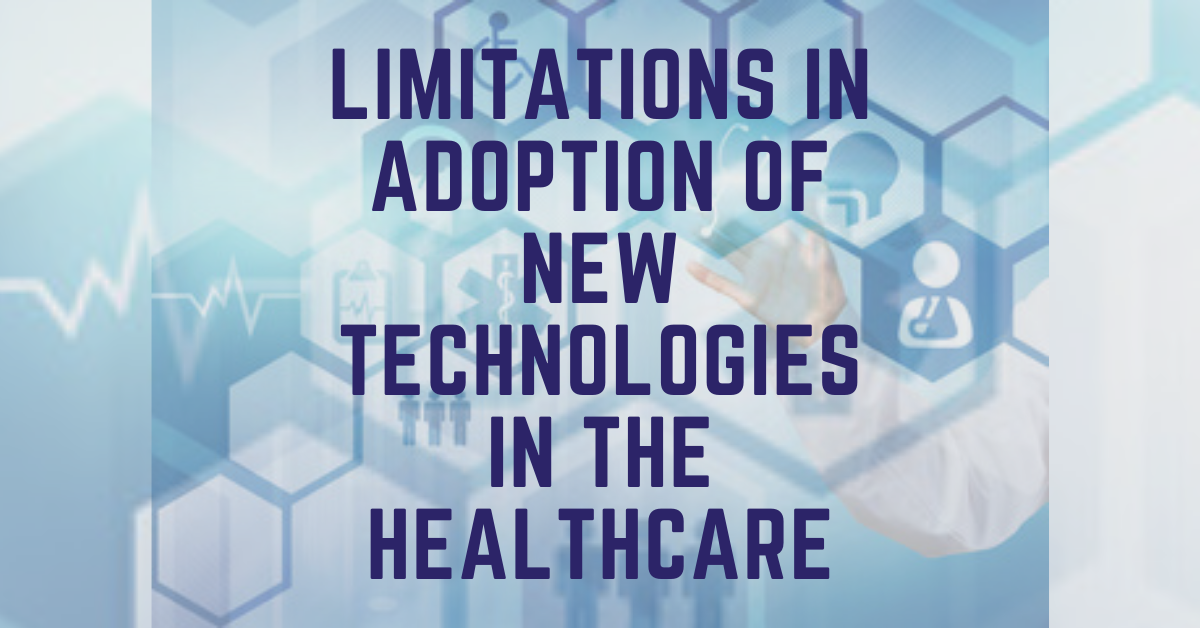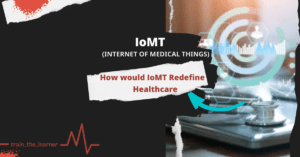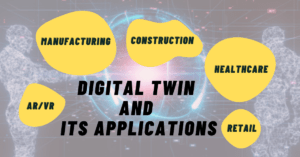Healthcare systems and technologies in healthcare both are integral parts of society. The new technology in healthcare is critical for actively responding to public health emergencies and addressing disease, illness, and health. Health technology covers a range of methods used to treat infections and promote health services. The increasing need for cost-effective, time-effective, and preventive healthcare requires radical changes in current healthcare systems. But, the need for Information Technology in healthcare systems is making its place. Despite advances in modern technology, its adoption in the healthcare system is shallow. There is poor or inadequate resource allocation for implementing health technology in developing countries.
Here are some of the barriers which are the reason for the slow adoption of technologies in the healthcare system.
Barriers to the adoption of technologies in the healthcare system
1. Costly adoption of technologies in the healthcare
Cost is the first and most important limit in adopting newer technologies in the healthcare system. This cost is mainly implementation and maintenance costs. Assisting the patient and side by side keeping costs under control becomes a difficult path. Choosing between buying digital equipment from a vendor or commissioning custom solutions for their offices is difficult for doctors. It accumulates costs that come not only from the system purchase but also from training, maintenance, IT support, etc. These cost issues create a significant barrier to the adoption of technology.
2. Digital Risk of technologies in the healthcare
-
Privacy and Security
Cybersecurity risk concerns exposing a patient’s data to a third party. Intentional or accidental exposure might cause deletion or alteration in data. Hence, any omission or alteration of data can lead to a wrong diagnosis, treatment plan, or other adverse effects.
Non-adopters of technology in the healthcare system often still believe that using patient data and information endangers patient privacy. There are various ways to gather Patient Health Information (PHI). Who’s responsible for safeguarding patients’ data and information is unclear. It is bothersome for them that failing to do so may result in financial losses. And in some situations, it may risk the patient’s health.
-
System reliability
Physicians want constant access to their patient’s data. They are concerned that patient data may become temporarily unavailable if computers crash. Or even deleted in case of a virus attack or the power goes out. In 2013, a faulty Electronic Health Record (EHR) ended up dosing the patient with 38 times the regular medication.
3. Unskilled Personnel
There is a need for technological pro-people in healthcare systems to run systems better. It saves their time while performing everyday tasks. The trained personnel for operating advanced machines and health systems are in need.
Management must arrange training programs for practitioners and physicians following required protocols. Such training will reduce time and help to save more lives. Through seminars and sessions, awareness among physicians and patients would help adopt such technology in healthcare. However, training requires cost and time to indulge in getting newer technology practice.
4. The problem in adhering to Regulatory Compliance and Data Integrity
Administrative errors account for 86 percent of all healthcare errors. The stated errors are also the third leading cause of death (after heart disease and cancer). To avoid the mistakes, staff must accurately enter data into the program they use and follow the process. Data integrity is critical because mistakes can risk people’s lives. The best way to skip risk is to use a digital adoption platform. The digital platform can also assist in adhering to data standards. It also helps employees adhere to the laws and regulations governing their applications. Any firm involved in healthcare must comply with the industry’s compliance rules, regulations, and legislation.
Healthcare adopts new technology, yet all of these strict laws and regulations limit the adoption. As a result, many healthcare institutions and hospitals avoid using modern technology.
5. Lack of trust among Physicians
Physicians have less belief in technology in healthcare or personalized medicines. The digitalized world requires quick and accessible treatment options. Physicians believed patients had to come to the hospital to get treatment. Another limitation is that they don’t want to take the risk unless they are 100% sure that the technology’s working.
Is the perception changing now?
It is so positive to see that the perception is now changing. People, especially during the pandemic, preferred to adopt a telemedicine system. The adoption decreased the pressure when hospitals were low on facilities. Physicians and patients are trying to adopt fast and growing technological methods. But challenges are still there, specifically in developing countries.
Final Thought
To conclude, new technologies are on their way and making people’s life easy, and the healthcare industry requires it most. The limitations in adopting new technologies result in the slow progress of the healthcare industry. Many factors limit it to either hospital staff or patients. Costly expenses, privacy issues, and lack of trust and skilled people to run the setup are also the major issues. Frustration with poor implementation, i.e., clinicians spend more time struggling with technology than patient care. These all things slow down the progression of new technologies in the healthcare system.
[This article is written by Farah Ahmed during Train the Learner’s Four (4) weeks Training Program as an Article Writer]




